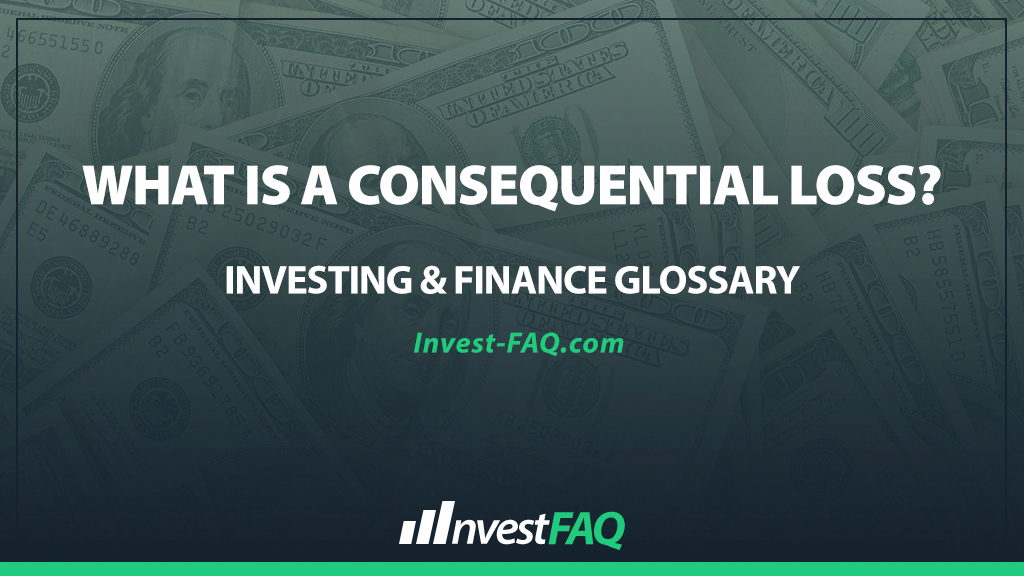
Consequential Loss
Contents
A consequential loss, also known as an indirect loss, refers to financial damage that a business suffers as a result of a direct loss or damage, but is not immediately linked to the initial cause. These losses include lost profits, operational delays, and additional expenses that occur because of an initial event or action.
Consequential losses are significant in business operations and risk management because they often represent a substantial financial impact that can exceed the direct damages.
Understanding and mitigating the risk of consequential losses is essential for financial planning, insurance coverage, and contractual agreements to safeguard the stability and continuity of business operations.
Example of a Consequential Loss
“Deluxe Bakery,” a popular bakery, experiences a major equipment failure, forcing it to halt production for two weeks. The direct loss includes the cost of repairing the equipment, but the bakery also faces consequential losses:
Lost Sales Revenue: Estimated at $20,000 for two weeks.
Increased Costs: Including $5,000 spent on rush orders from other bakeries to fulfill existing contracts.
Total Consequential Loss: $25,000 in lost revenue and additional expenses.
In this scenario, while the cost of repairing the equipment represents a direct loss, the bakery’s significant financial impact comes from the consequential loss of business interruption.
Lost sales revenue and the additional costs incurred to minimize the disruption to their business operations highlight the broader financial implications of the equipment failure.
Consequential losses like these can strain a business’s financial resources and affect its profit margins.
Significance for Investing & Finance
Consequential losses play a crucial role in accounting and financial management due to several reasons:
Risk Assessment and Management: Identifying potential sources of consequential loss is vital for developing effective risk management strategies, including contingency planning and insurance coverage.
Financial Reporting: Accurately accounting for both direct and consequential losses is essential for transparent financial reporting and analysis, impacting a company’s financial statements and performance metrics.
Insurance Claims: Understanding and quantifying consequential losses is critical when filing insurance claims to ensure adequate compensation covers the full extent of the financial impact.
Contractual Considerations: Consequential loss clauses in contracts can significantly affect liability and compensation. Businesses often negotiate these clauses to limit their liability for consequential damages caused to or suffered by their partners.
In summary, a consequential loss represents a significant financial risk that businesses must carefully manage through strategic planning, insurance, and contractual agreements.
Properly accounting for and mitigating these losses is essential to maintaining a company’s financial health and operational continuity in the face of unexpected events.
FAQ
What is consequential loss in insurance terms?
Consequential loss refers to indirect losses that occur as a result of direct damage to property or a disruption in business, such as loss of income or additional operating expenses incurred during the restoration period.
How does consequential loss differ from direct loss in an insurance context?
While direct loss relates to immediate damage to physical property or assets, consequential loss involves subsequent financial losses not caused by physical damage but resulting from the initial incident, such as profits lost due to business interruption.
Can businesses insure against consequential losses?
Yes, businesses can insure against consequential losses by purchasing business interruption or contingent business interruption insurance policies, which cover lost income and extra expenses during periods of recovery from a direct loss.
What is a common example of a consequential loss claim?
A common example of a consequential loss claim is a business claiming for lost revenue and additional rent for temporary premises after a fire damages their primary business location, preventing operations from continuing as usual.
